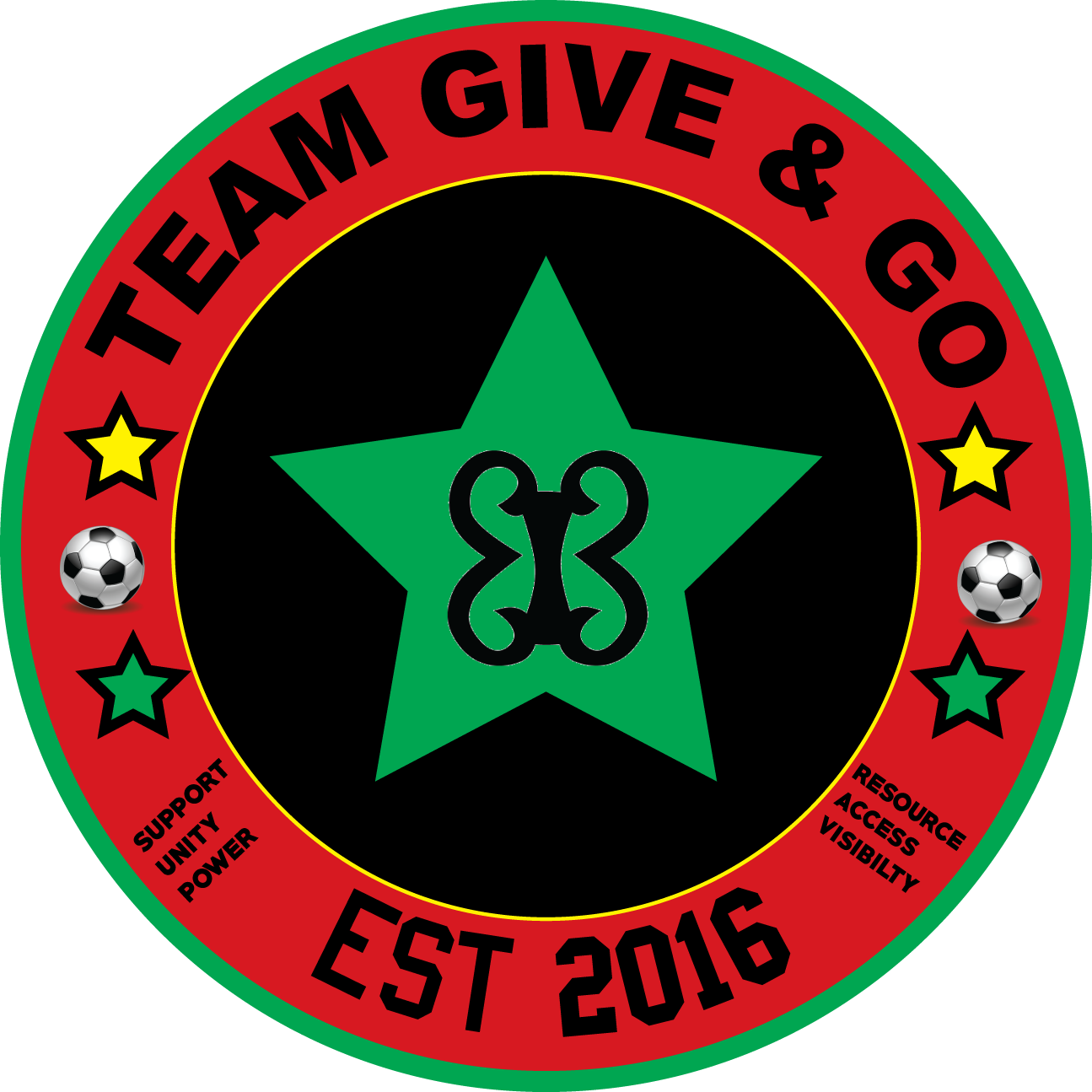soccer player
It may sound cliché, but we have all heard that it is not what you know, but who you know. While many of us Generation X parents are likely tired of hearing this within the workforce, unfortunately, the same logic applies true to sports and we must embrace this concept if our student youth athletes want to expand their careers beyond high school.
By the end of this article, it is my hope, that as parents, we are all more knowledgeable of things we can do to assist our student athletes with their marketability within this competitive sports arena.
Some reading this may think that marketing youth athletes is too premature and unnecessary. But guess what, our student athletes will be just one of hundreds and in some cases thousands applying for soccer scholarships or trying to get noticed for their chance on a professional team. If we as parents, and our student athletes cannot speak on their accomplishments, nobody else will. Let’s face it, coaches deal with hundreds of athletes at any given time. They don’t have the time or desire to promote every athlete that plays for them. Let’s be honest, coaches also have their favorites and if your athlete is not trending to the top, they will likely get overlooked in the discussions.
Think of it this way, on the job, we must have that five second elevator speech on who we are, what we do and how our contributions have impacted the organizations we work for. Our goal, at Team Give & Go, is to help you think about that elevator speech for your student athlete. May be a little longer than five seconds, but the concept remains the same. So, let’s begin….
1. Don’t be afraid to let the coaches and scouts know how amazing your student athlete is. Caveat….they must be able to back it up on the field, because actions still speak louder than words.
2. Ensure your student athlete is excelling in the classroom. You’ll notice that I reference student athlete throughout this article. They are students first, athletes, second. The combination of good grades and skills on the soccer field will make them highly marketable for any college or university.
3. Have your student athlete craft a summary of their accomplishments and accomplishments of their teams. Knowing team statistics, goals, assists, shut-outs, will help make your student athlete more marketable. Also, list any honors received while on the team or participating in the club.
4. Capture video. If you’re like me, you’re often too involved in the game to think about capturing video, but content is the best form of self-promotion, particularly now that social media sites like IG and Twitter have become the self-promotion platforms. If you’re unable to do it yourself, identify someone who enjoys capturing video and ask them to assist you.
5. Get recommendation letters from coaches, camps that they have attended and parents of teammates. This provides first hand testimony from someone other than you. You might find that other teammate parents may be hesitate to provide a note promoting your child. If this is the case, don’t worry, most teams have at least 15 players and I’m sure there is one who understands the ocean is large and there is enough space for us all to swim.
6. Utilize the video content that you gather (as noted in #3) and put together a short video compilation that showcases your student athlete. This can become a quick reference when reaching out to recruiters and coaches.
7. Understand and align on you and your student athlete’s end goal. Make sure the goal is coming from the player and not the parent. Aligning on what you’re really trying to accomplish will help craft your approach, keeping your specific objectives in mind. Knowing what to ask for and when to ask for it will be key.
8. Don’t oversell. Be confident, but be truthful. Again, action speaks louder than words. If you over sell, and your student athlete can’t live up to the expectations, you will likely damage your integrity and your positioning of your student athlete.
9. Create a brand for your student athlete and be consistent. What does your student athlete represent? Hard work, superiority, offense, defense, all-around, balance? Understand the key attributes of your student athlete and use those attributes consistently in your messaging and content.
When in doubt, reach out to Team Give & Go at tlynn@teamgiveandgo.com for more information and assistance with marketing your student athlete. We’re all in this together with an end goal of building a world of diverse and dynamic soccer players.
Author: T. Lynn Jones




